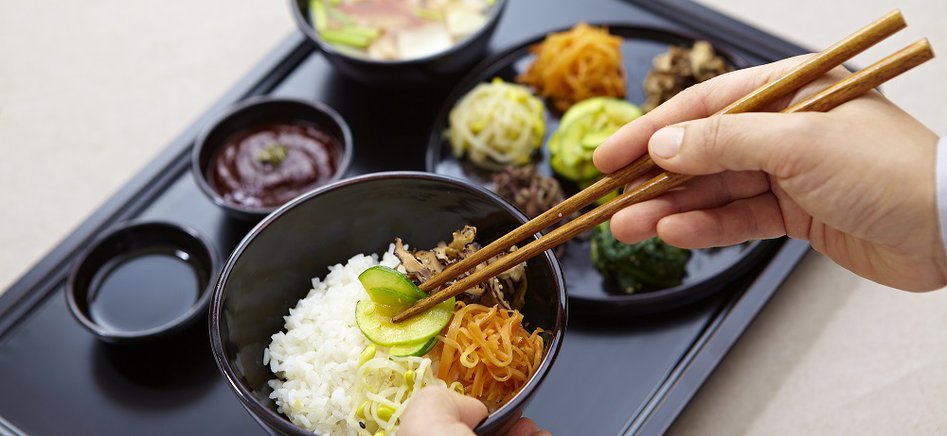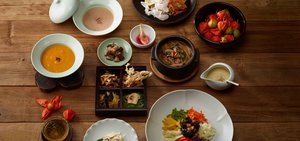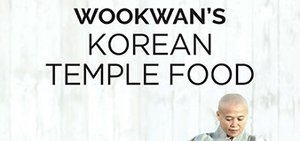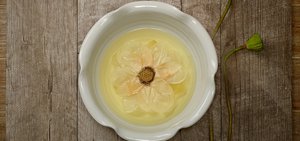Introduction of Korean Temple Food

Plant-based Korean Food
Rooted in Buddhism, Korean Temple Food is all plant-based, delicious and healthy. Temple food refers to the food consumed at Buddhist Temples, it has always been an important part of religious life for Korean Buddhist monks and nuns.
A culture made unique through spiritual practice
Cultivating, prepping and cooking are the essential elements that constitute a key element of Buddhist practice that uses seasonal vegetables to satisfy both flavour and nutritional needs. As a result, Korean Temple Food comforts both the mind and body so that one can become a healthy individual that holds and fulfils Buddha-dharma. Various ingredients are carefully combined to share a lesson on peaceful coexistence and the truth of the interconnectedness of all beings. After offering ceremony for Buddha, monks share the presented food with the whole congregation after expressing their gratitude for hard work.
Wisdom behind the food preservation technique
With Korea being blessed with four distinctive seasons including long, cold winters, techniques to preserve food for long-term storage were widely developed. The prime example is kimchi, which can be made with dozens of different vegetables.
Food for better health
Korean temple food only uses natural flavouring agents such as kelp, mushroom, wild sesame seeds and raw soybean powder to help improve the nutritional balance and deliver a simple and clean taste. Temple food uses medicinal plants that are readily available to the monasteries in nearby fields and mountainsides – these are used in recipes that have been carefully engineered to maximize the medicinal benefit contained within each ingredient. These vegetables used in temple food provide the necessary nutrition to help monks continue their practice as well as to help with maintaining good health.
Nothing wasted
Temple food aspires to the spirit of “complete consumption”, which means to eat every part of a given ingredient. It is to prevent the food waste and also to extract the maximum amount of nutrition from the food.
Rice is eaten without being fully husked to prevent the loss of any nutrients. It is often encouraged to eat fruits without peeling the rind or skin. After washing rice or boiling Shiitake mushrooms, the same water is used as the base for making soup. The same idea applies to the use of the water from vegetables as a stock base when making soup or watery kimchi. Using every part of the ingredients and not wasting anything is a fundamental tenet of temple food.
Image Credit: The Cultural Corps of Korean Buddhism
For more information, check out the booklet below.




